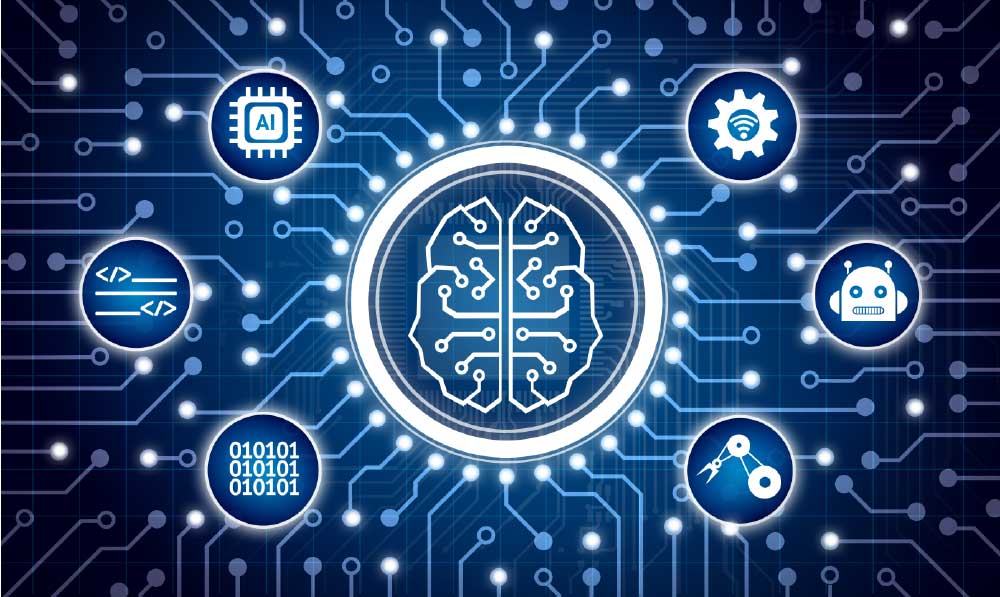AI has been the main topic of many tech reviews online. This is not coincidental as AI has improved numerous computer operations that were otherwise too complex for humans. One area of AI optimism is the ability of Artificial Intelligence and Machine Learning to improve the lives of people by dealing with intricacies and inadequacies.
The promise of AI is sometimes compared to the advancement of mobile computing. This is true as mobile devices have been on the rise in the past decades. Incorporation of AI and mobile computing has given us a promise of a better future. In this article, you will be pleased to find the role of AI in improving Data Security in the coming years.

AI and Security
Cyber criminals are now using automated attacks to launch strikes, while many organizations are using manual techniques to detect attacks and contextualizing them with external threat information. Using these traditional methods can take you up to weeks to detect intrusions, and by that time, the hackers can take advantage of vulnerabilities, comprising or even accessing delicate data. To mitigate these challenges, organizations are digging deeper in the use of AI in their cyber security management operations.
Today, AI is very helpful in cyber security and is predicted to play an increasing role in both defensive and offensive security measures. At this moment, creating and operating secure systems requires a lot of work from the experts. Automating this expert work in whole or partially may dramatically cut down the cost at the same time efficiently covering a broad range of applications and processes.
Threat Identification Will Be Easier
As it is now, organizations face an uphill task of detecting the potential threats. This is true because the attack surface has increased and is expected to increase in the coming years. Previously, all what an organization needed to do was cover the networks and conduct end point protection. This is not the same today as the attack surface has increased.
This can be largely attributed to cloud networking, presence of smart mobile devices (mobile phones, tablets, and smart watches). This wider and deeper attack surface only adds to the problems of maintaining security due to the accelerated velocity of attacks. More tools translate to even more challenges. And the broader the attack surface, the more data there is to analyze.
Automating traditional security measures with the help of technology has indeed become an added advantage for supplementing the few security expertise. The use of interactive human machine learning engines to automate the collection of data will be more effective.
Risk Assessment Factor
In the instance that the internal security intelligence is contextualized with an outside threat, these findings must be correlated with the business criticality in order to establish the real threat and the impact it has on the business. For this reason, human-interactive machine learning and innovative algorithms will play a huge role in coming up with the appropriate responses to the individual risk.
Precise Orchestration of Remediation
For many organizations today, increasing collaboration of security team that is responsible for identifying security gaps and remediating them continues to be hard operation. Using a risk based cyber security concept as the blueprint, you can be able to automate processes for proactive security incident notification and human interactive loop intervention. By doing this, organizations can come up with remediation actions to cover security gaps in a timely way.
Machine learning can help reduce the time-to-remediation; however, it can not efficiently autonomously protect an organization from cyber attacks. Unsupervised machine learning can result in the fatigue of the system consequently resulting into reduced attention.
Whether we like to admit it or not, we have reached a point where the sheer volume of security data available cannot be effectively handled by humans. This has brought forth the human interactive machine learning.
Human interactive machine learning analyzes internal data threat and correlates it with the external data threat. This leaves the human operator with a summary of the potential threats and suggestion way to mitigate them.